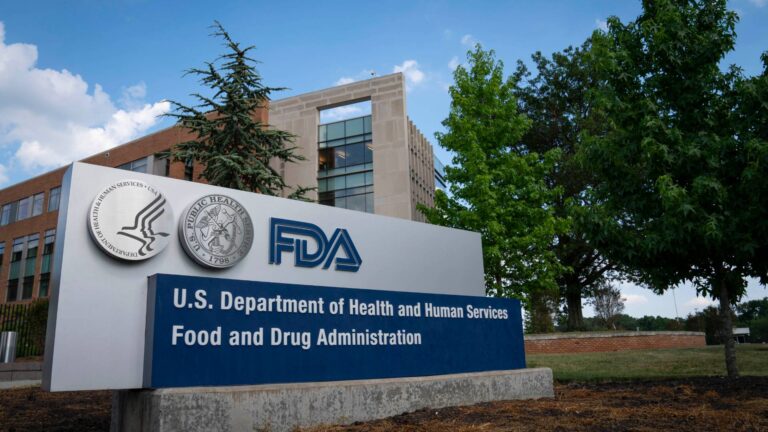Oct. 17, 2013 – In his Drugwonks.com blog yesterday, Peter Pitts, President and Co-founder of the Center for Medicine in the Public Interest, said that the assertion in two recent articles in The New York Times that direct-to-consumer advertising is driving up drug prices is “not true.”
An Oct. 15 Times article states: “Such advertising also leads patients to seek out more expensive treatments, rather than ones that are often equally effective. Drugs that are advertised are almost always the ones that are costly.”
Pitts contends that studies have shown “that the price of a drug does not correlate to the amount spent on advertising.” Read the full Drugwonks.com blog post, “T cells,” below.
______________________________________
T Sells
By Peter Pitts
Ice T?
Testosterone gels – do they provide an important treatment option? Is “Low T” a real disease or just a marketing opportunity? Do these two options need to be mutually exclusive? (The F.D.A. has approved testosterone gels “for use in men who either no longer produce the male sex hormone testosterone or produce it in very low amounts.”)
And what does this have to do with asthma inhalers and DTC?
Interesting article in today’s New York Times (see here).
One error that needs immediate correction. After reporting on the amount of money companies such as Eli Lilly and AbbVie spend on advertising their testosterone gel products, the Gray Lady reports that,
In response to an article Sunday in The New York Times on prescription drug costs for asthma medicines in the United States, a number of readers complained about the high price of inhalers, and that the costs were inflated by the millions of dollars pharmaceutical companies spend on advertising for them. Except that assumption is not true. Whether or not you agree with the style or substance of pharmaceutical direct-to-consumer advertising, one thing that’s just an economic fact is that advertising budgets do not impact the list price of the product.
Study after study after study done by charitable foundations, the federal government and industry all show that the price of a drug does not correlate to the amount spent on advertising.
In other words, if you look at four medicines that treat cholesterol and compare their advertising budgets, the one that spends the most is not necessarily the most expensive — and often the reverse is true.
Consider this: According to Tufts University it costs about one billion dollars to bring a new medicine to market. That’s one billion per drug — and those are the ones that make it to market.
Now compare that to the $2.5 billion per year the industry spends on advertising and you have a somewhat better perspective. Reducing direct-to-consumer drug advertising would not reduce the price of drugs.
A reduction in advertising wouldn’t reduce the price of medicines, but it would most certainly reduce the number of people visiting their doctors, and I cannot imagine that anyone thinks that is a good thing.
Here’s some data from an FDA research study: Doctors do not prescribe medicines just because their patients ask for them after seeing an advertisement. They’re prescribing medicines because their patients need them. That’s called progress.



